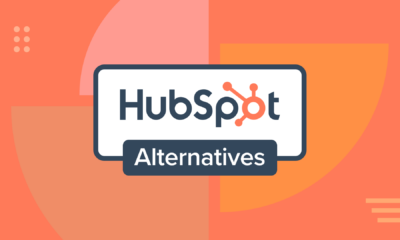EMAIL MARKETING
Why You Should Care About Email Testing
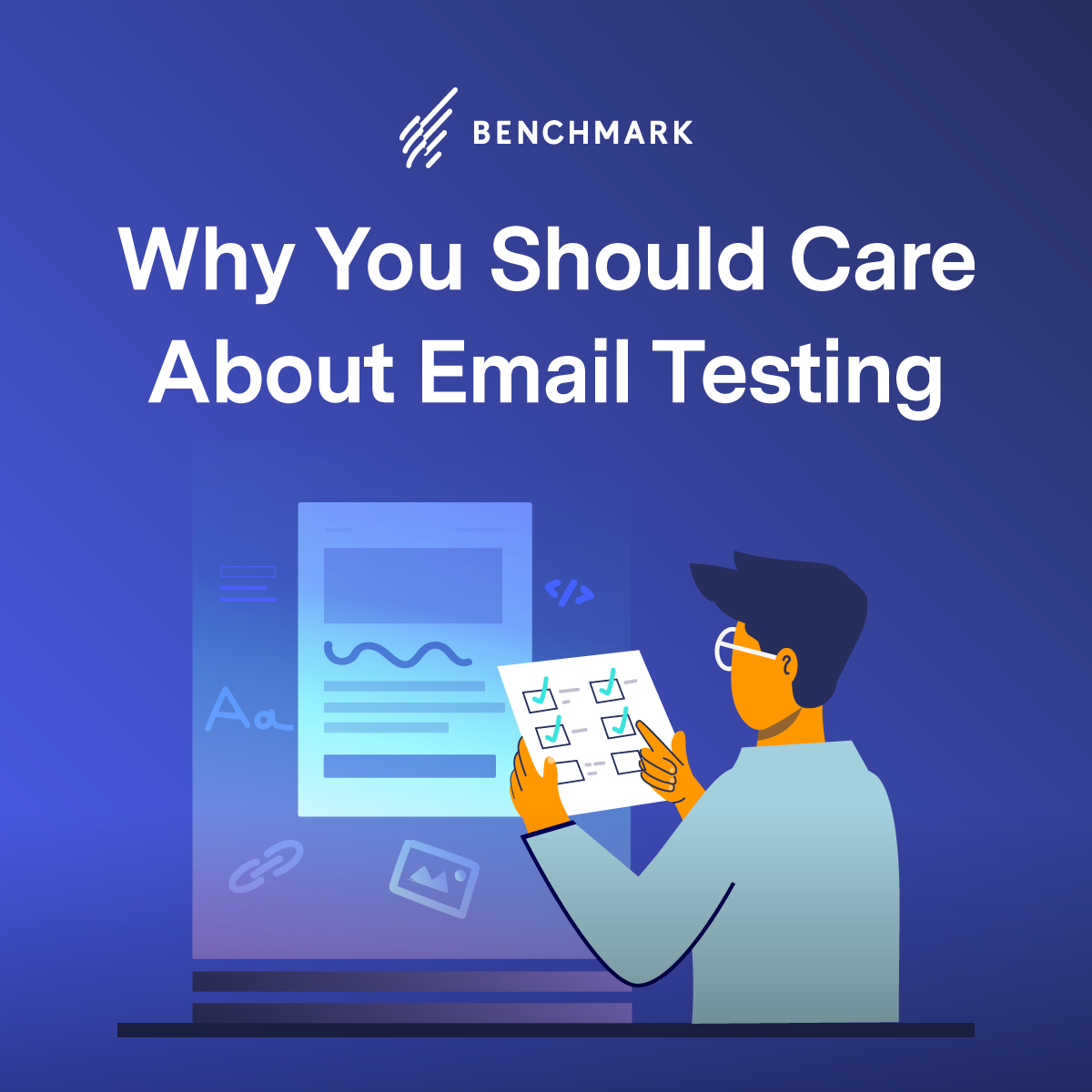
Most businesses still see email marketing as the most cost-beneficial and conversion-rich way to develop relationships with potential customers or clients and promote their products or services. What makes it such a powerful tool?
The numbers speak for themselves. A recent study holds that the median email marketing ROI is 122 percent. So far, no other digital marketing channel has proven to show such high results. Of course, the best way to boost your performance is to combine email marketing with social media or enable a live chat, which is statistically the fastest option to communicate with customers. But we’ll focus on improving email marketing efforts through email testing in this article.
When you run an email marketing campaign, creating emails that focus on your targeting audience and align with your marketing goals takes a lot of researching and strategizing. It’s a good idea for every email marketer to do email testing since it directly impacts the quality and deliverability of messages and indirectly ROI and subscribers retention.
Let’s take a closer look at email testing best practices.
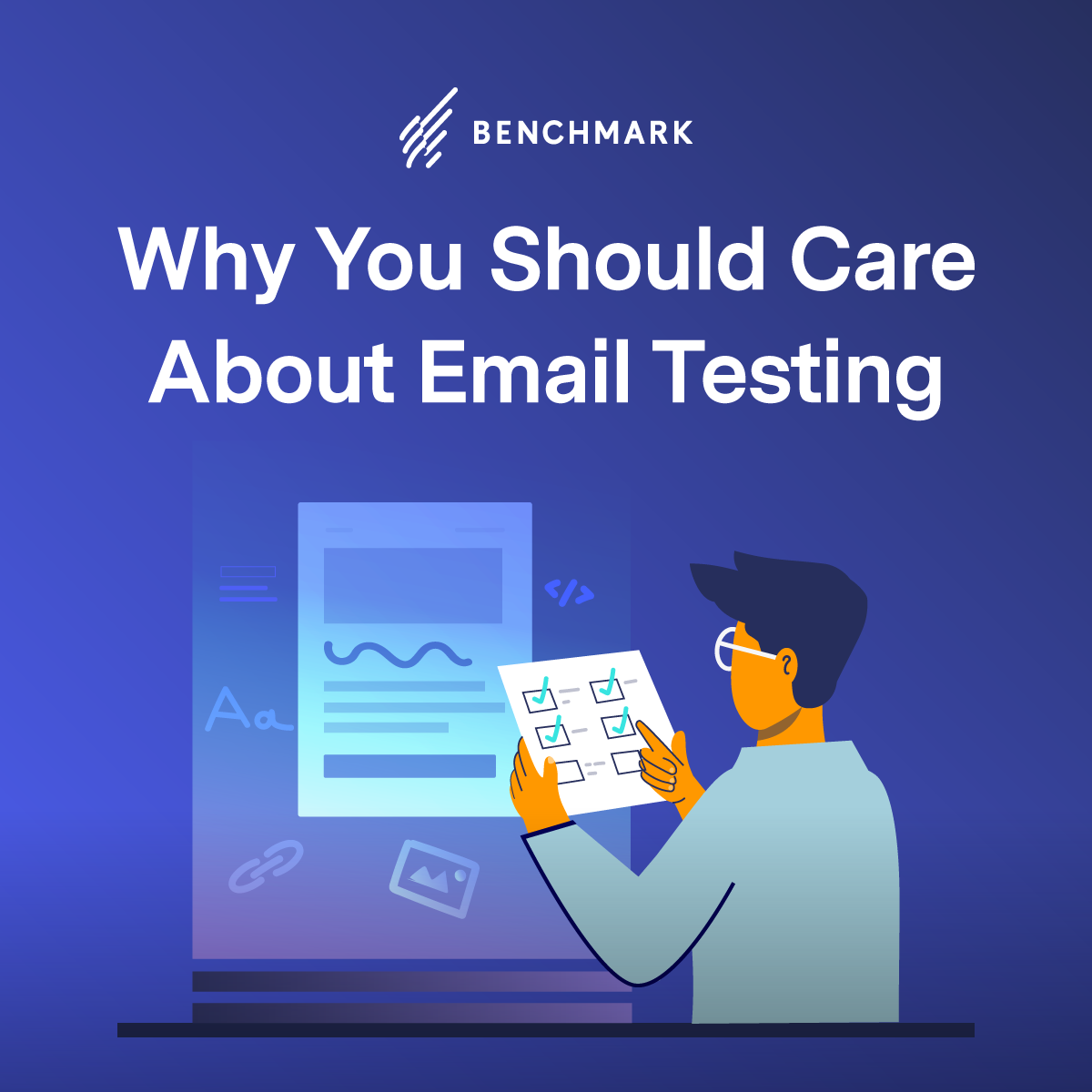
What is Email Testing?
Email testing allows you to view your email before sending it out to your subscriber list. Many email marketing services offer a way to preview the email in a web app or send a test email to yourself.
Testing your emails will help you fix broken email designs, incorrect or untracked links, choose a subject line with higher open rates, eliminate spelling and grammar errors, broken images or missing alt text, and more.
Let’s view seven elements that you should consider testing.
What Elements of My Emails Should I Test?
As we’ve mentioned above, you shouldn’t test more than one thing at a time to clearly see what’s really impacting your results. Choose one and measure against this metric in all your tests.
Subject Line
The subject line is crucial for your email campaign because this is what your recipients see first and decide whether they’re reading your message or not. You might have noticed that the subject line is formatted differently on most devices – it stands out due to email clients, display size, font difference, etc.
Your subject line should be catchy and interesting. At the same time, it shouldn’t sound spammy or violate email etiquette, failing which it will end up in the spam or junk folder.
- Bad Example: Here’s a FREE Newsletter with top articles! 🔥🔥🔥🔥🔥
- Good Example: John, February must-reads for you
Length of your subject line
Subject lines of 61 to 70 characters have the highest average read rate. However, the only way to determine the most compelling email subject line length for your campaign is to test it.
It’s a good idea to run an A/B test during every campaign and find out what subject line length gives better results.
Personalization
Personalized emails actually work. The recipient’s name included in the subject line can increase opens by over 18 percent, making it the most impactful word you can add to your subject line.
Try A/B testing it for your next email campaign. For example:
A: John, enjoy 50% off using this discount code
B: John, what about a great discount?
Microsegmentation is a good way to boost your personalization efforts. Try using a more diverse segmentation, experimenting with focused lists of users to deliver the most relevant content and offers.
Alternatively, you can try referencing the recipient’s previous orders, their company name, state, or choose other types of personalization.
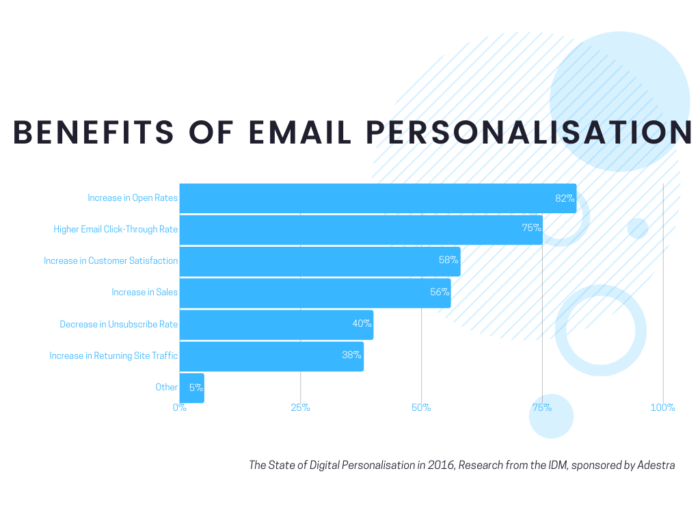
Source: Chamaileon
Content
Everyone is talking about the importance of quality content, but do you fully understand what content brings to your emails?
When you find out which content format works best for your newsletters and other emails, you will easily choose the resources for similar recipients in the future and use the most suitable email template.
Here’s what you can try linking out to in your messages:
- Case studies vs. Demo videos
- Blog articles vs. webinars
- PDFs vs. PowerPoint presentations
- Reports vs. Whitepapers
Media Elements
You can substantially increase your email performance by including the images, GIFs, videos, and other media elements that resonate with your recipients.
Before testing your emails, make sure you use similar alt and title text behind the media.
Some email clients don’t load media files, and in such cases, the alt and title text can make a big difference.
Keep the data in your test clear and avoid any changes in alt or title tags.
Here’s another option. When you run your test, start with placement or density and move on to image type or color.
If you have already experimented with images and GIFs, you should consider integrating video marketing in your email efforts as a solid way to increase brand awareness, improve sales, and increase customer engagement.
Day and Time
Be aware that you should run your day and time tests more than once. Some factors may keep your recipients offline: ISP slowdowns, holidays, or various unexpected events.
Before getting your final answer, try running your date and time test several times to make sure nothing impacts the data and your definitive answer.
Currently, due to the pandemic effect, user behavior has changed. As a result, such unpopular days to send marketing emails (Fridays and Saturdays) have become good alternatives to overused days (Tuesdays and Thursdays.)
When sending a newsletter, consider at least three day and time scenarios:
- Traditional: Tuesday or Thursday to be delivered at 1-3 PM
- Experimental: Wednesday to be delivered at 11-12 AM
- Extraordinary: Friday to be delivered at 9-11 AM or Saturday noon
Promotion and Special Offers
Nowadays, offering massive promotions several times a year is considered a new normal for generating customer interest. In fact, 91 percent of consumers are more likely to do business with brands that provide them with relevant, personalized offers and recommendations.
However, a popular promotion can end up costing a lot of money, while an offer that wins a lot of responses can bring you a considerable profit.
Keep in mind that some segments of your list may respond to one type of offer better than to a different kind of offer and promotion. There isn’t a “one size fits all” type of offer, and it’s a good idea to run a test with different propositions to different segments.
Once again, timing plays a central role here and may be crucial for the success of your offer.
Consider running an offer test several times, as you want to make it at a time when a product is popular and your audience is ready to spend money. Experiment with abandoned cart emails and re-engagement campaigns.
Tone
Is it possible to engage your recipient with just a tone? Psychologists say that by incorporating positivity into your message, you make it much easier for your reader to understand your message. This clear understanding, in its turn, increases their motivation to make a purchase or continue communication.
Think about your target reader and try to come up with a tone that would be friendly, positive, and informative at the same time. Do A/B testing of the email body to find which works best. It takes time, but it would definitely boost your click-throughs and purchases.
Tactics to try:
- Read aloud your message and ask a colleague for a check.
- Use bullet points and break the message into subsections.
- No big words are needed.
- Be simple, be friendly.
- Cause emotions.
- Ask questions (no more than three).
It’s important not to be gray in your emails. Don’t skip testing tones, polishing emails that will engage your audience best.
CTAs
A call-to-action in an email is a button, hyperlink of text, or dynamic QR codes that motivates the user to take the next step. You need to use strong call-to-action phrases to push your reader to click and proceed to your website before closing your email.
Additionally, CTAs have a great value for marketers, helping them evaluate their digital marketing campaigns’ effectiveness, analyze their target audience’s needs and preferences, and decide about the next step of the campaign.
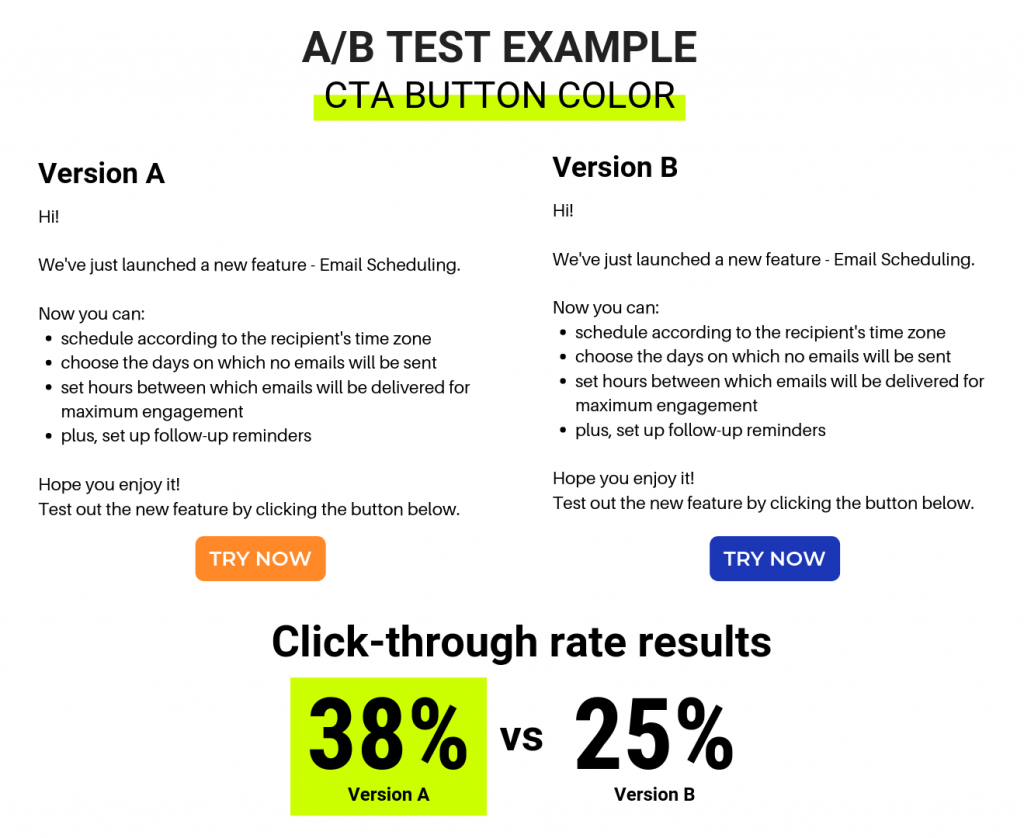
Source: Snov.io
How Should I Do All This Testing?
After the outlined practices you should definitely try in the next campaigns, a reasonable notion pops up: how to test all those elements. Fortunately, there’s a variety of tools and solutions that will assist you greatly.
Content Elements
- With all the A/B testing features, solid reporting, and the ability to preview your emails and make tweaks in content, consider choosing Benchmark Email.
- To improve the copy as well as the tone of your emails, feel free to use Grammarly or Hemingway.
- For evaluating and polishing subject lines, you can try out SubjectLine (we love a tool that’s straightforward in more ways than one).
Tech Elements
In this field, you definitely have to ensure your emails reach users, deal with spam rates, and do HTML checks. You can use all-in-one platforms for safe technical testing of your emails like Mailtrap or similar.
Alternatively, you can choose tools focusing on some aspects of such inspecting and debugging. For example, if you need to check spam rates only, there are tools like MailTester, or if you need to validate emails – EmailVerifier by Hunter will help.
At some point, you may need more tech-savvy tools for testing, say, API integration or configuring SMTP; feel free to check this email testing checklist article to know more.
When it comes to user-behavior aspects, like special offers and day/time testing, it requires a deep understanding of your audience and a bit of courage to experiment with it. So, to test these elements, constantly analyze and document the outcomes from previous campaigns.
6 Tips for Effective Email Testing
- Keep it simple. When testing your emails, it’s a nice idea to start with testing your subject lines. You don’t need a lot of time or creativity to contrive a few quick variants; however, this may give you a good return.
- Don’t test more than one element at a time. Remember, if you test several elements simultaneously, you may get confused over which variant worked out.
- Keep track of the time of day and day of the week. Send other variants on the same day and at the same time. This way, you will eliminate the timing variant.
- Keep a record of all tests you do. Leave the possibility to review the specific variables tested anytime you need to by always recording your findings.
- Test on a regular basis. If you decide to start testing your emails, make sure that email testing is a part of your daily routine.
- Make good conclusions and act wisely. Email testing will allow you to make decisions and modifications to your campaigns only if you analyze your findings and properly use what you learn.
Let’s Say it Again!
Email testing is an effective way to transfer your marketing effort into real results. Of course, the goal here isn’t to make your entire team focus on email testing but to get better results using the tips above and the tools below.
What do you start from? Understanding of your needs. Before running your first test, make sure you clearly understand what you’re doing it for and what results in your plan to generate from the process. And choose the correct solution.
Once you are set with your priorities, create a hypothesis. For example, “if we personalize our newsletter, our blog traffic will substantially increase.” You’ll need to determine the kinds of tests you’ll need to run to check whether your hypothesis works. Put together a timeline for easier scheduling, management, and organization of your testing process.
Author:
Dmytro Zaichenko is a Marketing Specialist at Mailtrap, an email sandbox service. He has over six years of experience in content creation. Apart from writing, he’s passionate about basketball and poetry.











